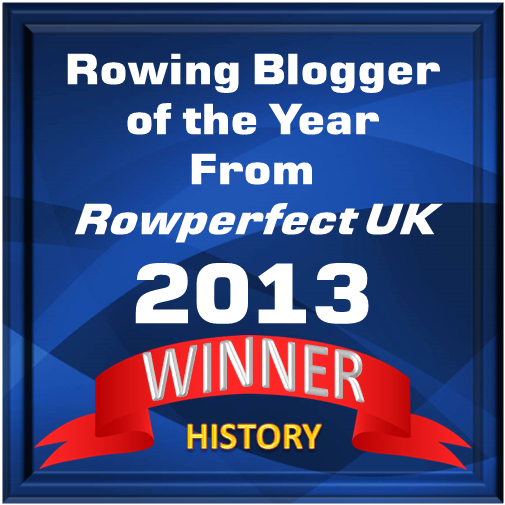Anyone who has the intention to write either a light or a serious study on rowing literature should consult Frederick Brittain’s
Oar, Scull and Rudder, a masterly rowing bibliography published in 1930. Although the first work on rowing – according to Brittain,
A Treatise on the Art of Rowing as Practised at Cambridge by “A Boating Man” – was published already in 1842, it took ninety years for the first bibliography to be published, making Freddy Brittain a pioneer as the first rowing bibliographer. In his introduction, Brittain, a don of Jesus College at Cambridge University, describes the deep research behind his work, which contains around 240 books and pamphlets, and 700 articles on rowing in periodicals and encyclopedias. Most of the items on the list came from his own collection of rowing literature, but he also gainfully included entries of works that he had never seen, but read about or heard of.
Thomas E. Weil, one of the world’s leading rowing historians and collectors, shows the impressive range of rowing literature in
Oar, Scull and Rudder in his excellent essay "
The Don’s List – Extracts from and notes on Frederick Brittain’s
Oar, Scull and Rudder (the first rowing bibliography)", published on the Friends of Rowing History’s web site
Rowinghistory.net. However, Weil does point out some weaknesses in the book. While Frederick Brittain “happily listed volumes of verse with rowing content, the don did not include rowing-related prose fiction, passing up a host of juveniles, including the important American favorite by ‘Oliver Optic,’
The Boat Club, and such classics as Hughes’
Tom Brown at Oxford, Jerome’s
Three Men in a Boat, Grahame’s
The Wind in the Willows (“simply messing about in boats”), and Beerbohm’s
Zuleika Dobson.”
Brittain also left out popular works by American authors like Ralph Paine, Ralph Barbour, and Albertus Dudley, to mention a few, who had written juvenile sport books – including rowing – since the turn of the century and onward.
.jpg)
Nowadays, eighty years after it was published,
Oar, Scull and Rudder is hard to come by in the antiquarian book trade. So are almost all of the publications that Brittain mentions in his book. One example is Reginald S. de Havilland’s
Elements of Rowing, a little pamphlet published in 1913 by Eton College where de Havilland, or “Harvvy” as he was known, was the rowing coach. The pamphlet is only 11 pages [Brittain states 77 pp, but that must be a misprint] and it has “suggestions […] to helping those boys who are engaged in coaching junior fours at Eton” as stated in the foreword. It has short chapters on: “body”, “feet”, “hands”, “swing”, “forward like a spring bent down”, “finish”, “straps”, “the oar”, and “summary”.
Elements of Rowing was reprinted in
The English Style of Rowing by P. Haig-Thomas & M. A. Nicholson (1958), a book that pays homage to the old English orthodox style taught by de Havilland and his predecessor, Dr. Edmond Warre, head-master and rowing coach at Eton. In Haig-Thomas’s and Nicholson’s book, de Havilland’s text has two “extra” headings, “slide” and “in the water” following “summary”.
 At the 1912 Olympic Games in Stockholm, Great Britain sent a Thames RC coxed four with the 44-year old Beresford in the bow seat. They lost the final and got the silver medal. Julius Beresford, by his fellow crew and club members called ‘Berry‘ or ‘Old Berry’, would for the rest of his life be involved in the sport of rowing. He would serve as Captain and a Vice President of Thames RC, and for decades be a devoted and strong-willed coach.
At the 1912 Olympic Games in Stockholm, Great Britain sent a Thames RC coxed four with the 44-year old Beresford in the bow seat. They lost the final and got the silver medal. Julius Beresford, by his fellow crew and club members called ‘Berry‘ or ‘Old Berry’, would for the rest of his life be involved in the sport of rowing. He would serve as Captain and a Vice President of Thames RC, and for decades be a devoted and strong-willed coach.





)
)
)
)



.jpg)






















.jpg)